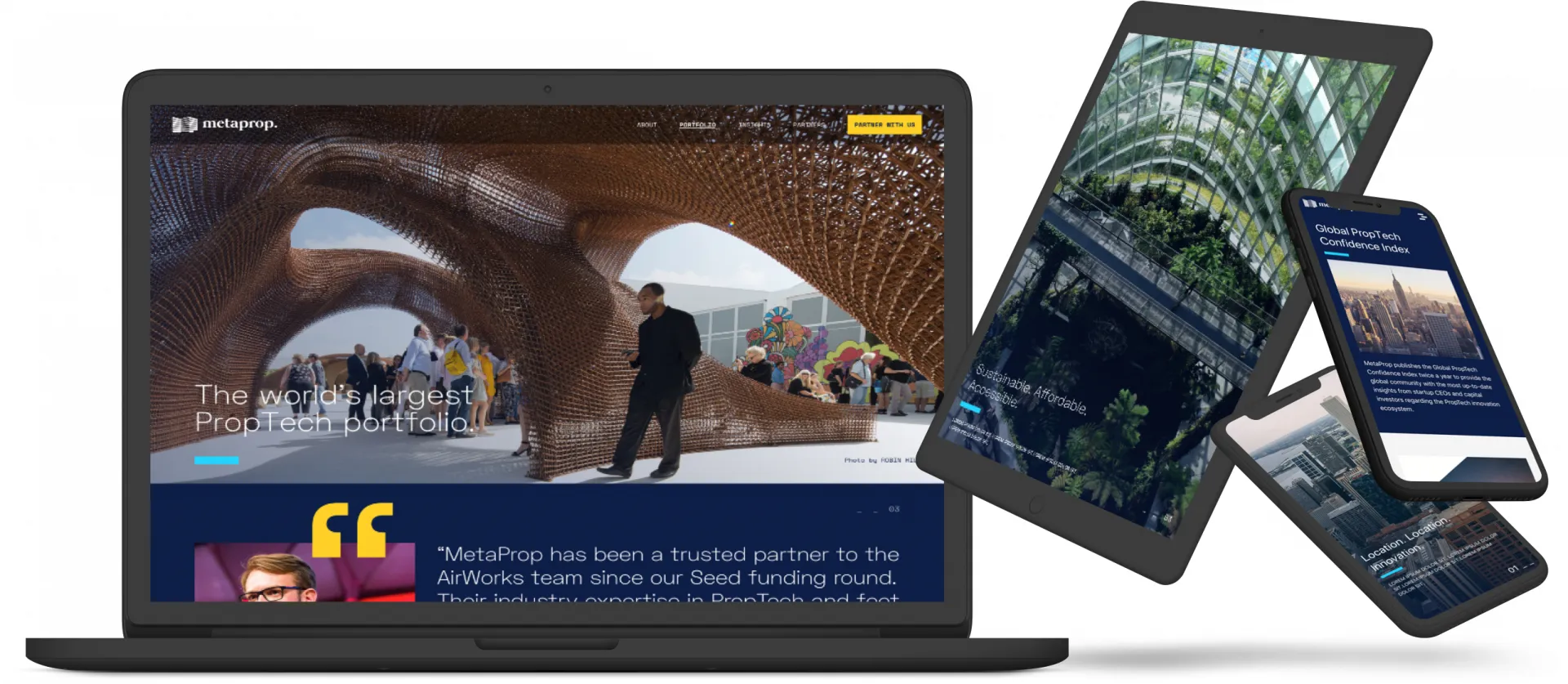Your Mobile Development Needs to Adapt to a Changing World

If you’re not reading this on your phone, we’d be willing to bet it’s within arm’s reach. As our phones have basically become another body part, it makes sense that internet consumption is increasingly happening increasing on mobile devices. Mobile web traffic to websites is already at 50% – an upward trend that’s only set to increase. While many developers are aware of the need to focus on development for a range of devices, the world is changing fast and so are the needs of users and consumers. From new shopping habits to new screen sizes, here’s what you need to know as you head into mobile development.
At this point, if your website isn’t fully responsive, you’re already playing catch-up. Your business needs to make sure it’s putting its best foot forward, no matter what form factor your potential customers are using. The seismic shifts in mobile traffic are driving developers and designers to think “mobile first,” meaning they build out the user experience for mobile users before anything else.
Now more than ever, it’s important to not only prioritize being mobile-friendly, but to take it a step further and turn it into your website’s strength. This was a key aspect of our work with client MetaProp, who had been iterating on an outdated and non-responsive website. Having a mobile-friendly website is not only good for business, but also a solid place to be in as digital content and consumption face rapid change.

Designing for both apps and websites is always a tricky business, but it’s especially important these days to pay attention the screen sizes for which you are designing. With the release of new iPhones and devices, sizes and resolutions are constantly changing. How your app or business appears to a viewer can be drastically different based on what device they’re using, so we highly encourage lengthy testing and feedback before launching. Adapting to the latest mobile technology trends ensures that your app or business not only looks good across all devices but also meets the high performance and user experience standards that today’s consumers expect.
And don’t forget that large images/files may increase load times, so keep an eye on your speed as you continue to refine your assets. If you’re looking for more on designing for mobile, take a look at our past guide here.

Mobile optimization is already expected, but another feature of digital content is becoming more and more common: mixed reality. You can find examples of it in popular e-commerce apps for Amazon and Wayfair, but the fun doesn’t end there. In the age of Snapchat, consumers are looking for high-tech elements that make their experience fun and exciting. Adapting to the latest mobile technology trends is crucial for businesses looking to stay competitive in today’s digital landscape.
Look no further than global brands such as Pacifico, for which we recently developed two immersive WebAR experiences to highlight sweepstakes and engage audiences. Happening on phones and tablets, the research has shown that the next generation of consumers wants new experiences that are engaging – and will soon come to expect them. It’s time to step up your game and breathe new life into your development strategy.

The world of mobile development moves fast, and it’s hard to know where to begin. Hiring the right talent can be a significant hurdle in this rapidly evolving field. For those facing such challenges, this mobile development hiring guide offers valuable insights. Get in touch and we’d be happy to share some insight on how to improve your mobile strategy, speed up your load times, and make sure you’re supporting the needs of your users and customers.
We reimagine how people interact with brands. Our web and app developers disrupt the status quo and uncover values others can’t find. We solve tomorrow’s business challenges in thoughtful, elegant ways and aim to be strategic leaders in app development in New York – innovators in user experiences. Explore our case studies for more information.